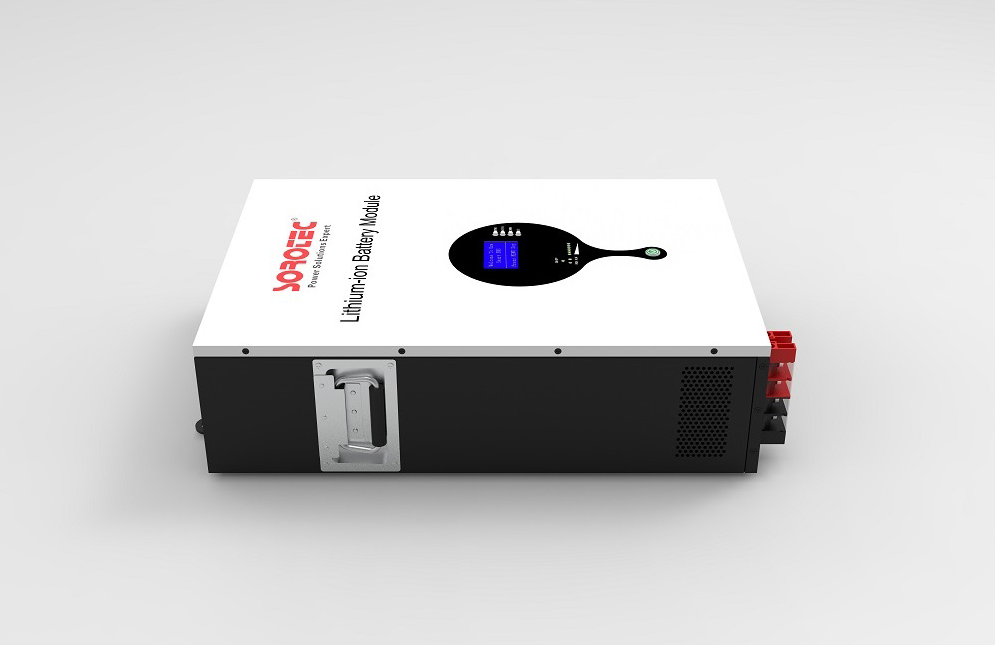The common faults and causes of lithium batteries are as follows:
1. Low battery capacity
Causes:
a. The amount of attached material is too small;
b. The amount of attached material on both sides of the pole piece is quite different;
c. The pole piece is broken;
d. The electrolyte is less;
e. The conductivity of the electrolyte is low;
f. Not well prepared;
g. The porosity of the diaphragm is small;
h. The adhesive is aging → the attachment material falls off;
i. The winding core is too thick (not dried or the electrolyte is not penetrated);
j. The material has a small specific capacity.
2. High internal resistance of battery
Causes:
a. Welding of negative electrode and tab;
b. Welding of positive electrode and tab;
c. Welding of positive electrode and cap;
d. Welding of negative electrode and shell;
e. Large contact resistance between rivet and platen ;
f. The positive electrode has no conductive agent;
g. The electrolyte has no lithium salt;
h. The battery has been short-circuited;
i. The porosity of the separator paper is small.
3. Low battery voltage
Causes:
a. Side reactions (decomposition of electrolyte; impurities in the positive electrode; water);
b. Not well formed (SEI film is not formed safely);
c. Customer's circuit board leakage (referring to the batteries returned by the customer after processing );
d. The customer did not spot welding as required (cells processed by the customer);
e. burrs;
f. micro-short circuit.
4. The reasons for over-thickness are as follows:
a. Weld leakage;
b. Electrolyte decomposition;
c. Undrying moisture;
d. Poor sealing performance of cap;
e. Shell wall too thick;
f. Shell too thick;
g. pole pieces not compacted; diaphragm too thick).
5. Abnormal battery formation
a. Not well formed (SEI film is incomplete and dense);
b. Baking temperature is too high → binder aging → stripping;
c. The specific capacity of the negative electrode is low;
d. The cap leaks and the weld leaks;
e. The electrolyte is decomposed and the conductivity is reduced.
6. Battery explosion
a. The sub-container is faulty (causing overcharge);
b. The diaphragm closure effect is poor;
c. Internal short circuit.
7. Battery short circuit
a. Material dust;
b. Broken when the shell is installed;
c. Scraper (diaphragm paper is too small or not properly padded);
d. Uneven winding;
e. Not wrapped properly;
f. There is a hole in the diaphragm.
8. The battery is disconnected.
a. The tabs and rivets are not welded properly, or the effective welding spot area is small;
b. The connecting piece is broken (the connecting piece is too short or it is too low when spot welding with the pole piece).
Post time: Feb-18-2022







